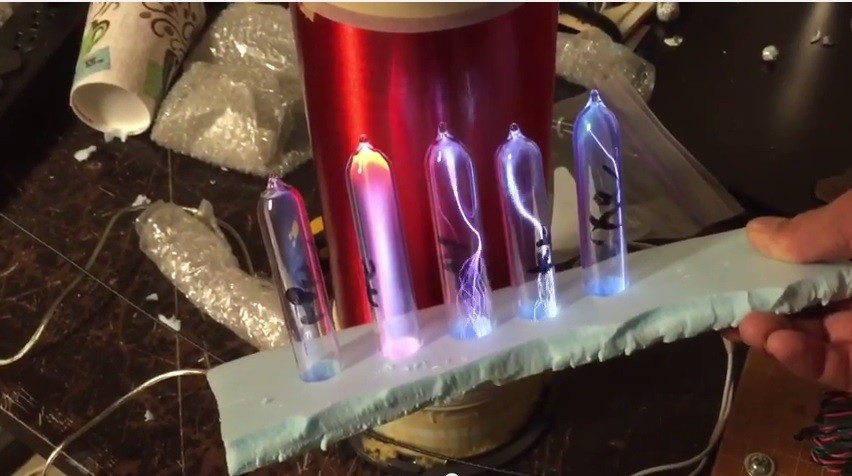Here is a refresher on noble gases from wikipedia:
The noble gases make a group of chemical elements with similar properties: under standard conditions, they are all odorless, colorless, monatomic gases with very low chemical reactivity. The six noble gases that occur naturally are helium (He), neon (Ne), argon (Ar), krypton (Kr), xenon (Xe), and the radioactive radon (Rn).
For the first six periods of the periodic table, the noble gases are exactly the members of group 18 of the periodic table. It is possible that due to relativistic effects, the group 14 element flerovium exhibits some noble-gas-like properties,[1] instead of the group 18 element ununoctium.[2] Noble gases are typically highly unreactive except when under particular extreme conditions. The inertness of noble gases makes them very suitable in applications where reactions are not wanted. For example: argon is used in lightbulbs to prevent the hot tungsten filament from oxidizing; also, helium is breathed by deep-sea divers to prevent oxygen and nitrogen toxicity.
It is interesting as he explains the differences in effects using his homemade coils. We hope you enjoy the video and are inspired to keep watching these types of experiements.

New electric condoms for pleasure up to the molecular level